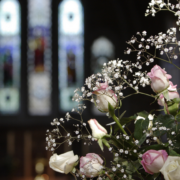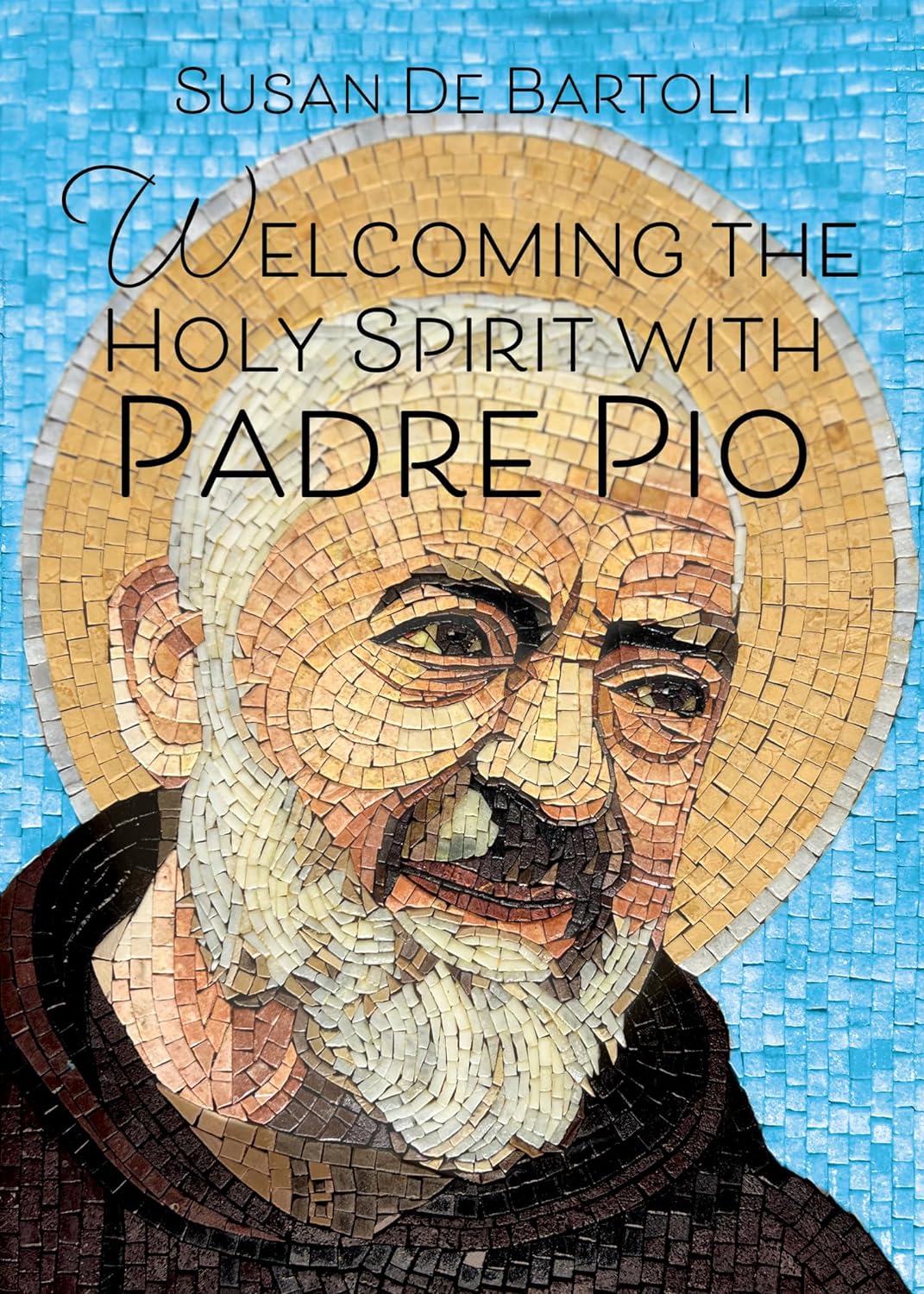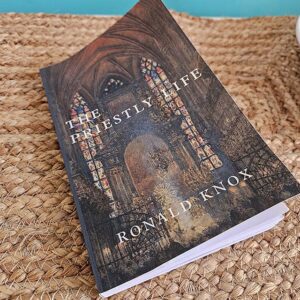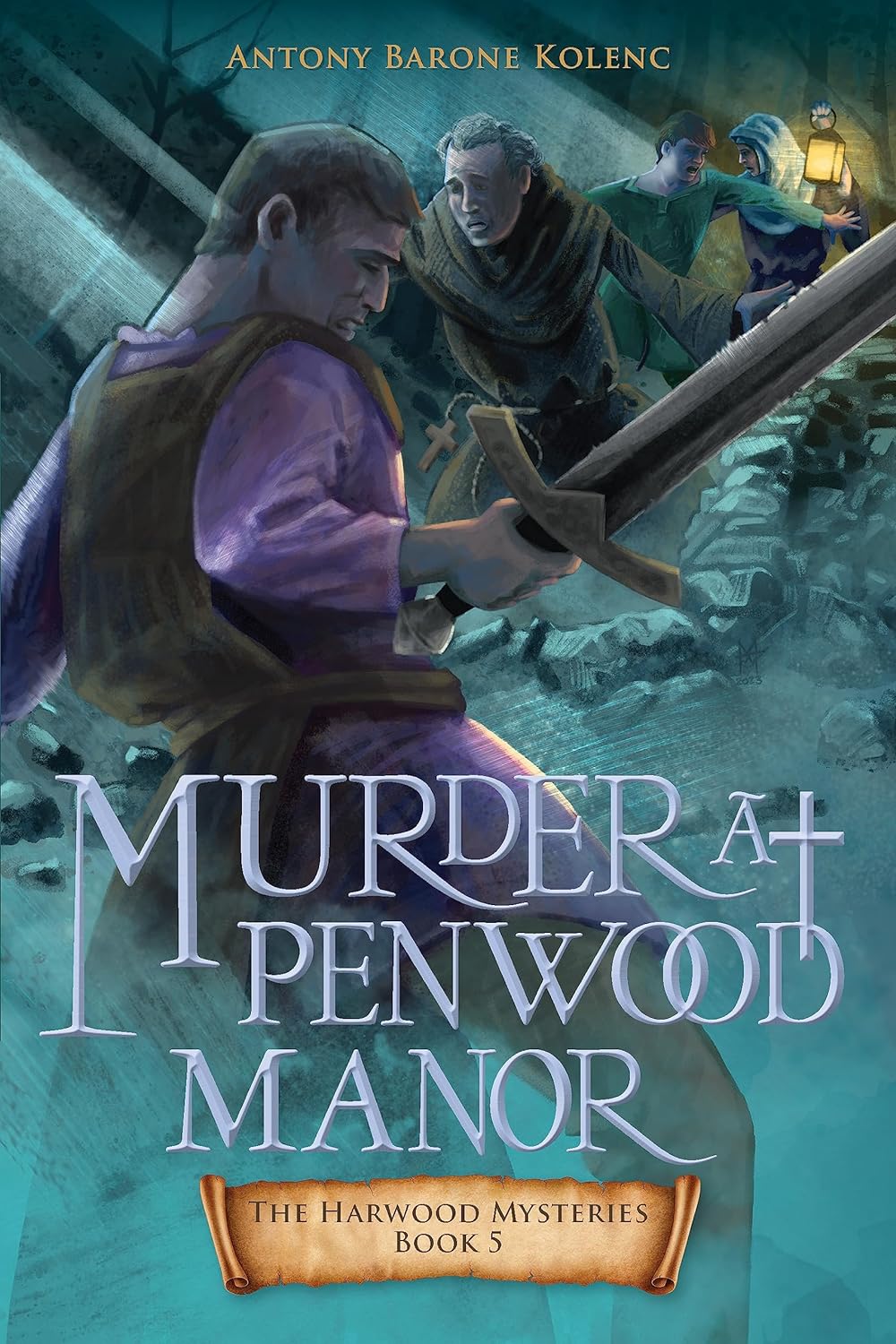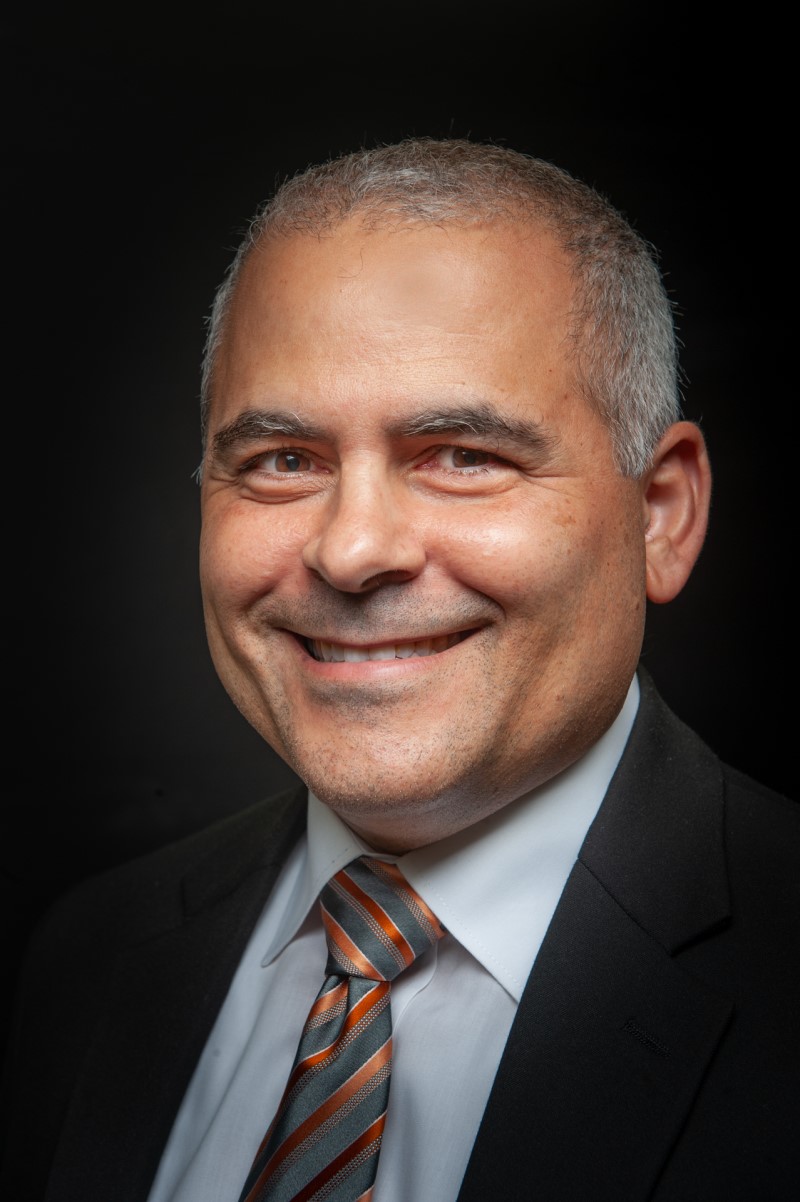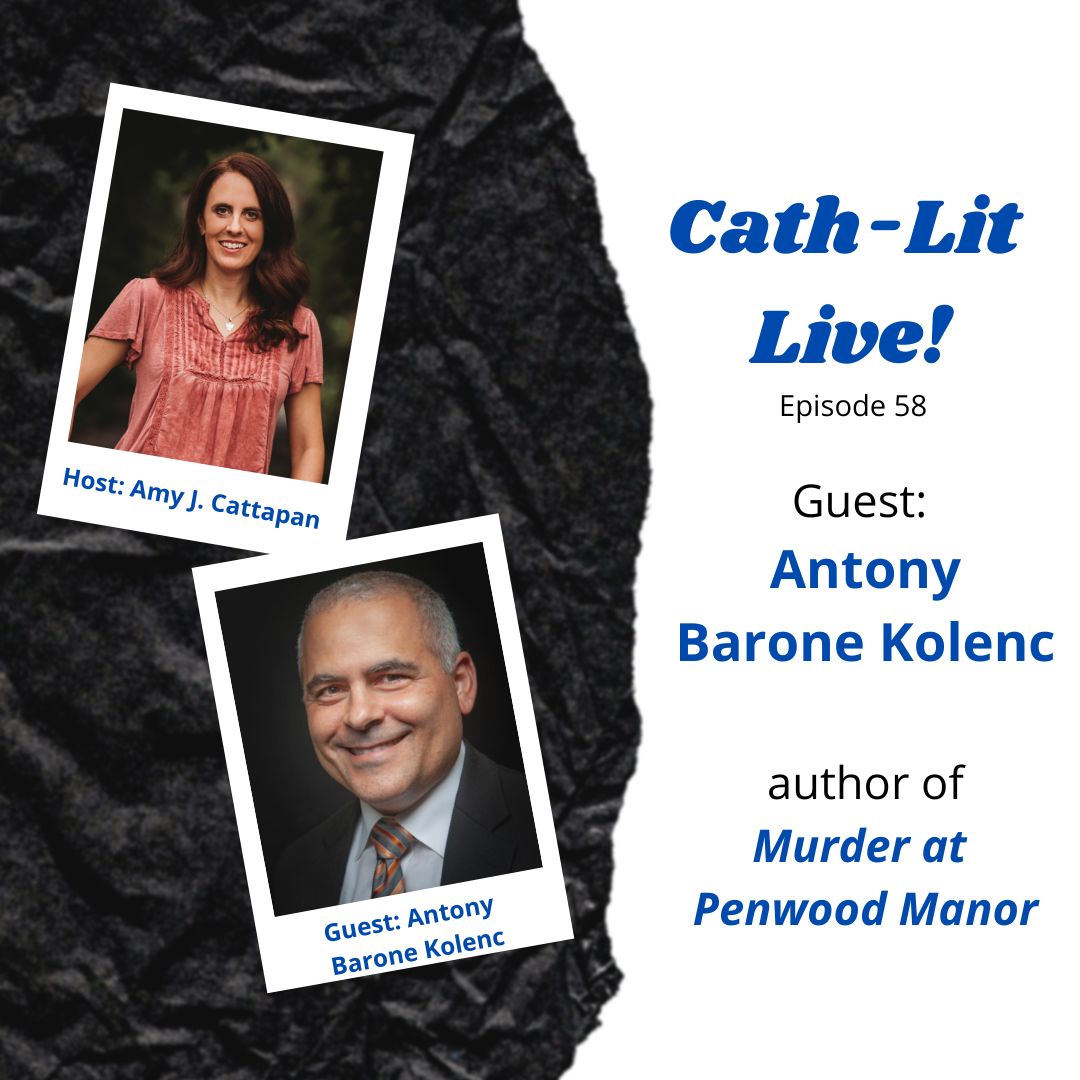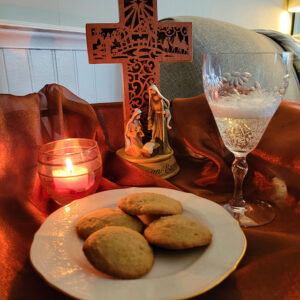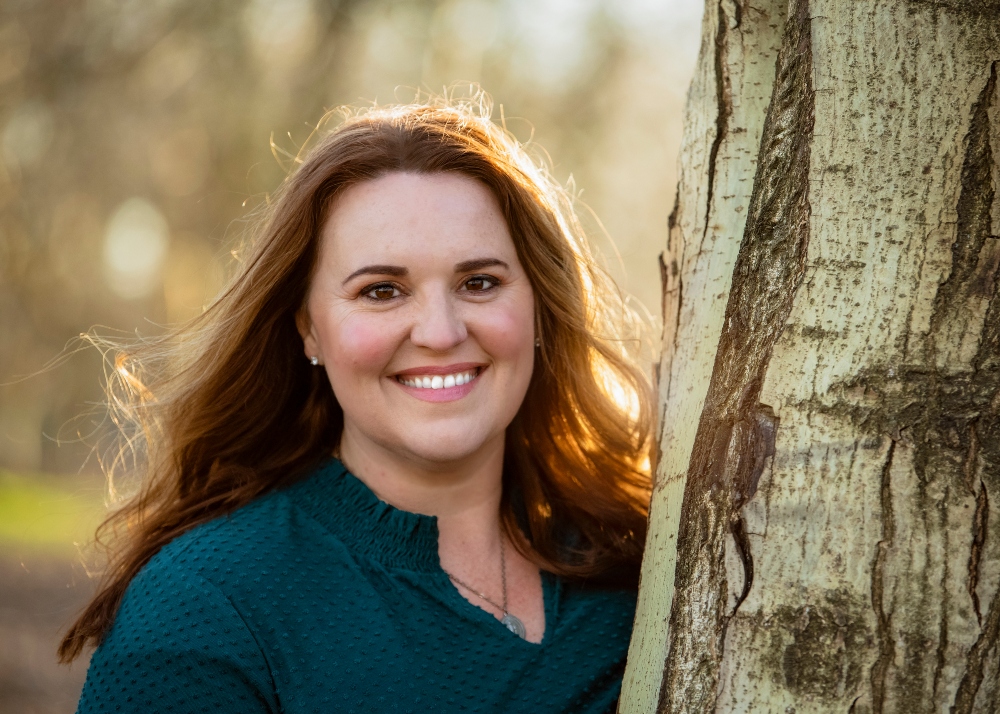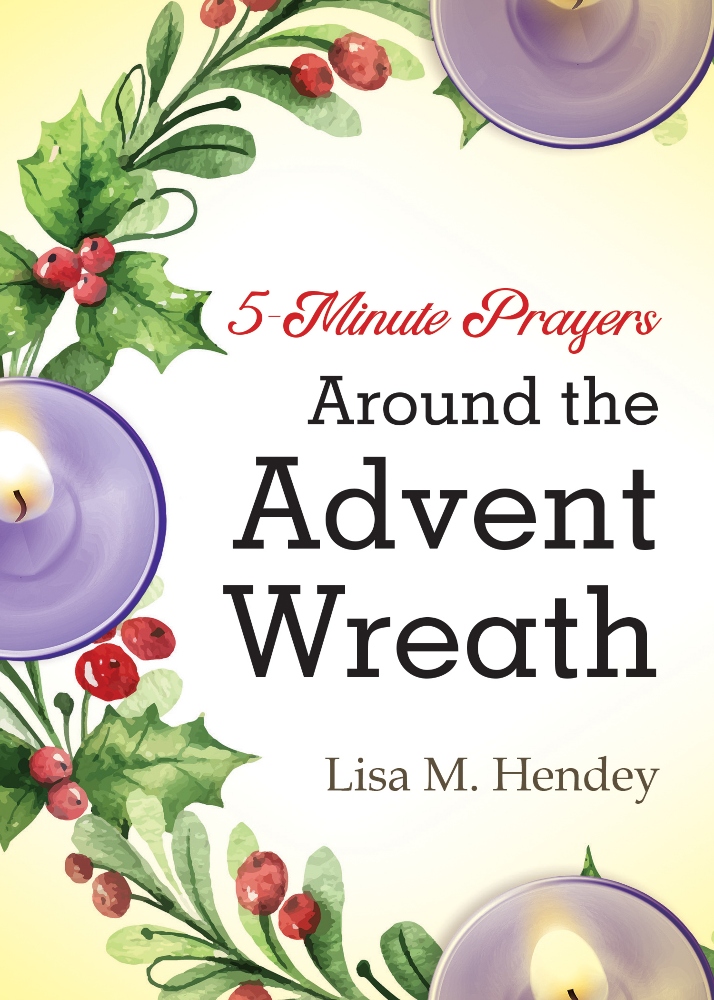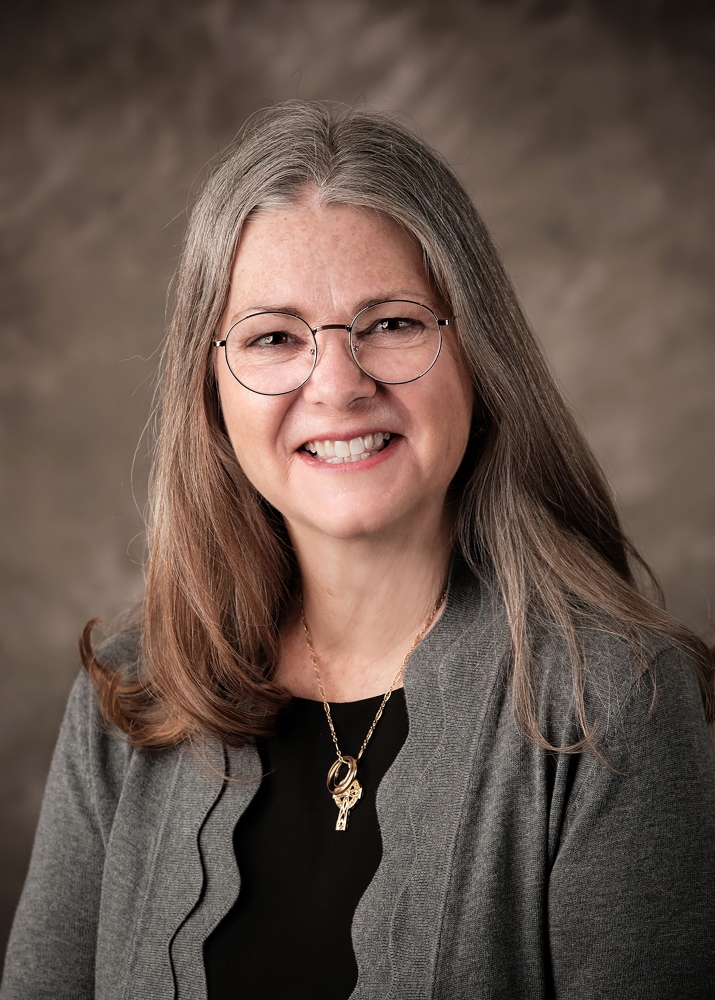Consider The Flowers
By Kimberly Novak
Sitting in my church and admiring the altar recently, I was struck by the beauty of the flowers placed purposefully on either side. The flowers were specifically chosen to adorn the altar as an offering of a sacrificial act. The gardener who raised and nurtured the flowers had to make sacrifices to have the time and energy to do such a task. Then there is the sacrifice of the flowers themselves.
In his book, The Hidden Power of Silence in the Mass, Father Bonificace Hicks paints a wonderful picture of this sacrificial act. In a chapter devoted to the silence of sacrificial offering, Father Hicks brings light into the purpose of cut flowers in the mass:
“The cut flowers continue to pour out their beauty as they die near the altar. From the moment they are cut, they are already dying. They use the remnant of their life to worship, shine forth in beauty, and direct our attention to the beauty of the Lord’s Eucharistic sacrifice. This is a great sign of how we are to enter into the sacrificial silence of the Offertory. We, too, are dying, already a day closer to death than when we first believed. (Rom. 13:11). And yet each one of us is also beautiful, a living reflection of the face of Christ. We each have some beauty left to offer, and we can allow our lives to be silently with Christ and point to His beauty, the source of all beauty.”
My parish does a wonderful job of “flowering” the altar. Many times the flower arrangements adorning the altar are donated following a wedding or funeral service. This in itself is a sacrificial act from the families willing to part with and gift the flowers to the sanctuary. Some parishes may have a flower or garden committee, which has sacrificed their time. There are two times in the liturgical year when you will not see flowers on the altar. Father Hicks, explains why during Advent and Lent, the flowers are absent: “The flowers which decorate the altar as a form of solemnity and a sign of joy are not to be used in Advent or Lent, and their absence is intended to evoke a sense of loss and longing.” Therefore, as we continue on our Lenten journey and anticipate the heartfelt joy in celebrating the resurrection of Jesus, we can look forward to the outward beauty when the flowers once again adorn the altar.
Before being placed on the altar, the flowers lived as best they could, offering beauty and joy as their gift to mankind. God invites us to do the same. We are halfway through the 40 days of Lent at the time of this writing. It might be a good time to reflect upon the first 20 days and consider how your sacrificial act will transform your life or relationship with Christ. Reflective points to ponder might be: Am I living up to God’s standards and expectations? Have my decisions of abstinence been easy ones or Have I gone all the way and chosen a sacrifice that will foster a major life change?
However, it’s important not to overthink your sacrifices. God knows every part of our hearts and lives. That means he knows that sometimes, even the smallest sacrifices might be big ones, especially if the surrender renews and strengthens the relationship with God. I’m sure that Jesus, as he carried his cross, never once wondered if his sacrifice was easy or worth the effort.
I now have a new view of cut flowers and will treat them as holy. Admiring a freshly cut bouquet on my table in the sunlight will make me more respectful of the sacrifices that allowed me to receive their gift. Jesus is the flower at the altar, a reminder of the offerings I must make to honor His commitment to my life. Father Hicks states that “we each have some beauty left to offer,” and I say, there is nothing more beautiful than a flower, chosen specifically for you.
“… there is nothing more beautiful than a flower, chosen specifically for you.”
With this knowledge, consider the flowers, and accept their beauty into your heart, for this is a gift from Jesus to be with Him always.
God Bless!
Quotes sited from, The Hidden Power of Silence in the Mass, by Father Bonifiace Hicks, OSB
©️ Kimberly Novak 2025
Edited by Janet Tamez

